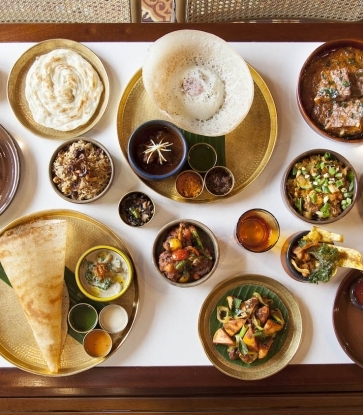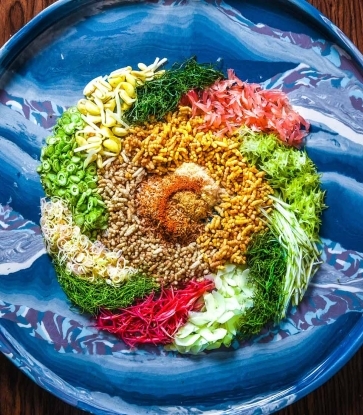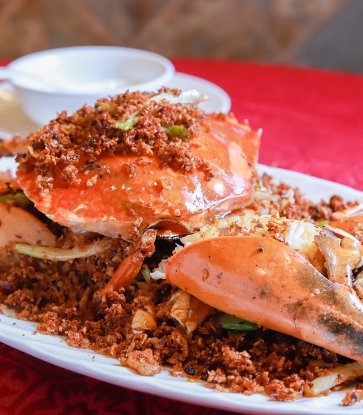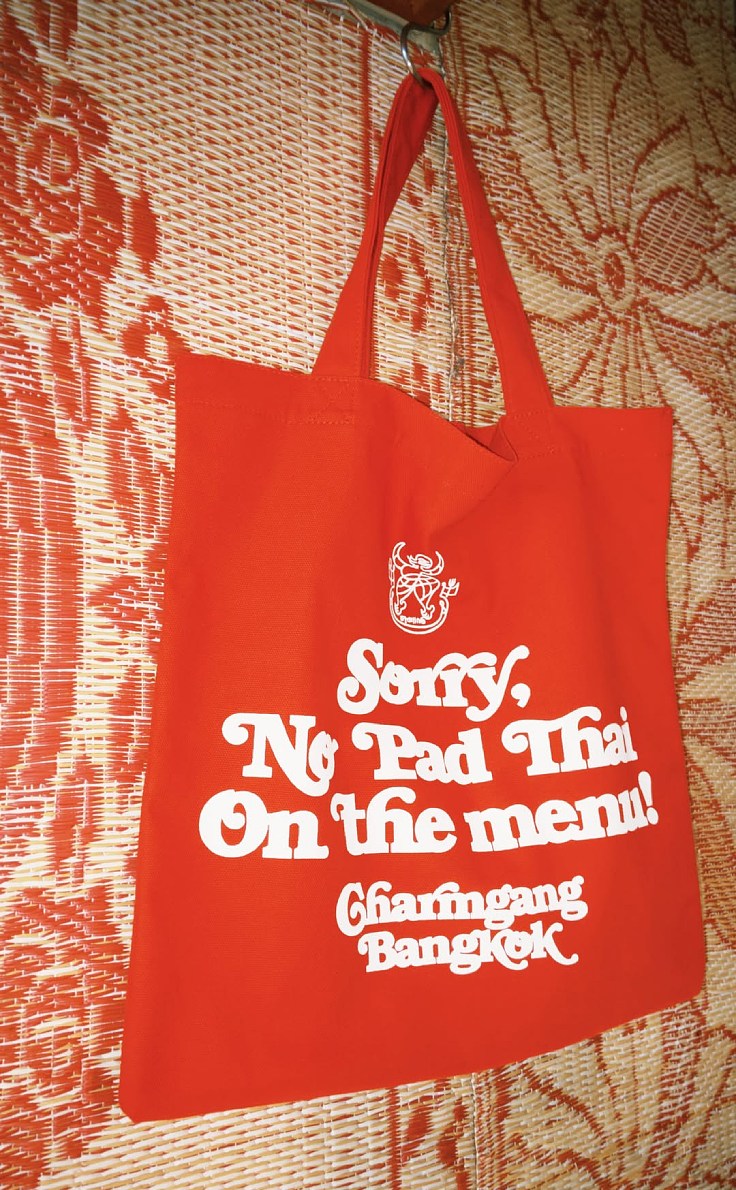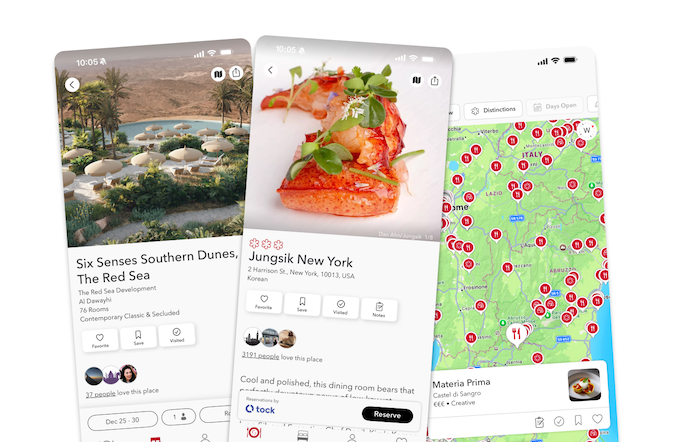Discovered nearly 500 years ago, when the Spanish invaded Mexico and brought with them their knowledge of distilling spirits, mezcal is now made by over 9,000 manufacturers and produced in specifically nine states in Mexico. While tequila uses only one type of agave — blue agave — its spicier cousin can be made from over 200 species of agave, and is usually a blend of a few different kinds to produce different flavours.
The agave pinas (hearts) are fermented, then cooked in pit ovens over three days and turned into mash using a stone wheel. It is then distilled in clay or copper pots and left to age.

Don’t be alarmed if you spot a worm in your bottle of mezcal, either — though touted as a bit of a marketing gimmick, certain mezcal producers add in a worm (often the parasite that feeds on the agave plants, and is dug up during the harvest) in their bottle as proof of the spirit.


“Most of our mezcals are available as either joven, reposado or añejo, and we serve them accompanied by an orange wedge with sal de gusano (crushed worm salt) and sangrita (a non-alcoholic chaser made with Seville orange juice and chilli powder) - the traditional way!” says Gutkowski.
Mezcal goes extremely well with Mexican food such as traditional carnitas and fresh guacamole.



